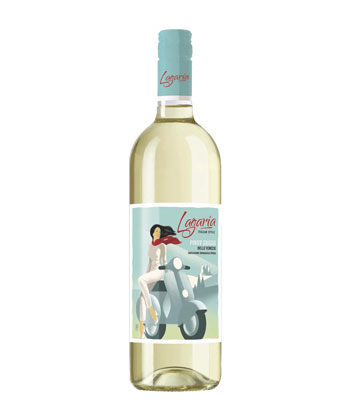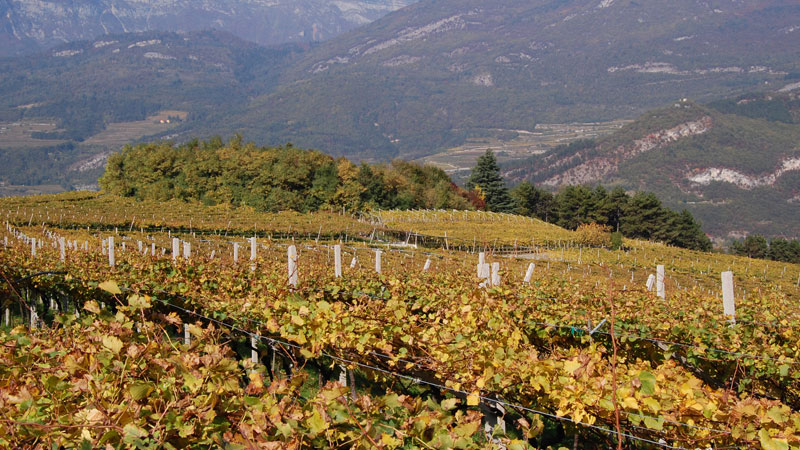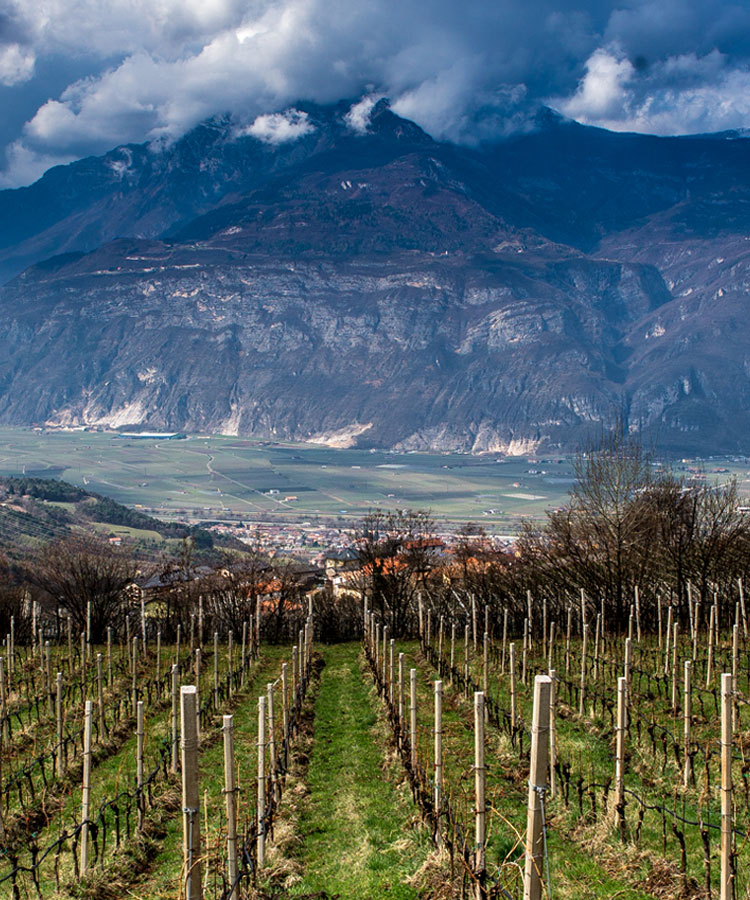
We all have a friend who just loves Pinot Grigio. It’s their go-to order, popping up at dinner parties, nights out, brunch, summer rooftops, and majority of their Instagrams.
Who can blame them? Pinot Grigio offers solid value — you can find many for less than $20 — and is generally pretty crowd-pleasing.
The downside? Many of these easy-drinking Pinot Grigios taste exactly the same.
It doesn’t have to be this way. As with other wines, the quality of Pinot Grigio varies depending on geography of the vineyards, location in Italy, winemaking styles, and terroir. The most renowned areas for the grape are found in northern Italy, near the Dolomites and Alps. Vineyards here span across four provinces, including Lombardy, Veneto, Fruili-Venezia Giulia, and Trentino-Alto Adige. There is exceptional quality to be found — provided you know where to look.
Lagaria’s Pinot Grigio hails from a small valley in the Alto Adige. It offers more complexity than your average PG, thanks to the area’s unique microclimates and high-altitude vineyard plots.
Lagaria is set in Val Lagarina, which runs from the southern part of the Adige valley to Verona. Here, the massive Dolomite mountains jut from the earth as sheer cliffs. In the other direction lie rolling green hills speckled with vineyards, walled communes, and the occasional castle.

Historically, Italians fought the Austrian-Hungarian empire for control of this region. That’s why you’ll see street signs in both Italian and German — sometimes even German first! — and why winemakers here create masterful expressions of a grape beloved across the region.
Lagaria’s vineyards rest at striking levels above sea level, anywhere from 600 to more than 1,600 feet. Drastic temperature swings at night couple with cool mountain winds to give the wine minerality and crispness you don’t find in all Mediterranean-adjacent Pinot Grigios. Since the vineyards face south, the grapes receive plenty of sunlight, resulting in voluptuous fruit flavors. Warm days and cool nights also contribute to vibrant floral bouquets.
Winemaker Franco Bernabei and his team give the grape juice extra-long contact with the yeast, resulting in added complexity, especially when compared to some of the more one-dimensional Pinot Grigios on the market. Open a bottle and you’ll discover a straw-yellow wine with notes of apples and pears along with approachable acidity. It’s perfect served alongside seafood, or, of course, on its own.

The strong daytime sunlight also helps power the Lagaria winery’s photovoltaic system, a solar-based process of converting sunlight into electricity. Part of the brand’s larger sustainable model, the photovoltaic system doesn’t raise the price per bottle — Lagaria doesn’t believe sustainability should increase the cost for consumers.
In fact, Lagaria’s Pinot Grigio hovers around $8 a bottle in the United States. At that price point, you can serve it at weddings, dinner parties, afternoon gatherings, book club nights, and pretty much anytime your heart desires. Tara Empson, owner of Empson & Co., the importer bringing this wine to the U.S., says, “The tasteful breeziness of a glass of Lagaria Pinot Grigio reflects some of the best aspects of the Italian character.” It’s no wonder its label takes inspiration from the movie posters of the famed Fellini film “La Dolce Vita.” Empson explains, “The Italian love for fashion and the everlasting ‘dolce vita’ is precisely why we chose the artist Stefano Riboli to sign our labels.” Drinking this Pinot Grigio is surely a component of celebrating the sweet life.
As an added bonus, Pinot Grigio is meant to be enjoyed young, unlike other Italian wines like the reds of Piedmont and Tuscany. It’s fresh and vibrant, but doesn’t take too much effort to appreciate. It’s almost like hanging out with an Italian in the piazza — of course, with a bottle of wine. They don’t make it hard for you to strike up a conversation, and when you do, there’s plenty of personality to go around.
Some things are popular for good reason.
This article is sponsored by Pinot Grigio Lagaria.

